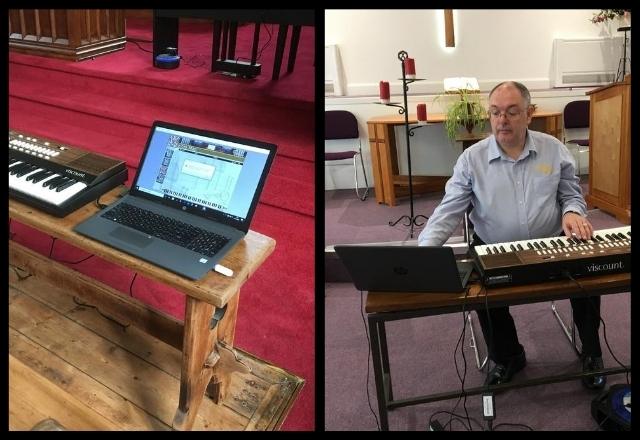In an earlier blog on the Grand organ of Westminster Cathedral David Mason reminded us that “the organist is so very often in the worst possible place to enjoy the sound he [or she] is creating”.
This is commonly because the console is en fenetre, as at my home church in Abbots Langley and in Watford where I had my first lessons. In both instances the pipes speak over the top of the organist’s head, making it impossible to hear aspects such as the balance between manuals and the actual effect of the sound in the body of the church from the organ console.
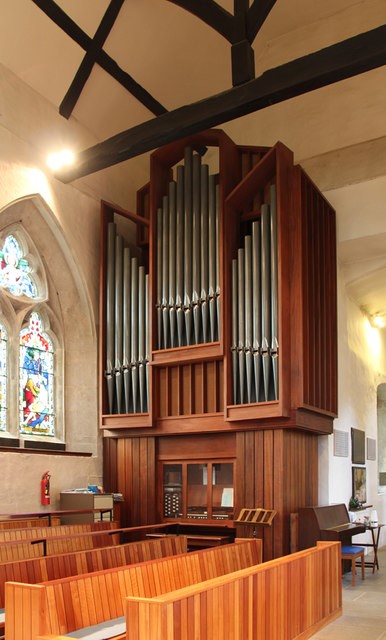
The challenge which can arise when voicing an organ
Similarly, when installing a new digital organ in a church a challenge can be presented for a voicer, if the console is below the speakers, or located elsewhere in the building from the direction of their speech. All Viscount organs already have a “standard” voicing applied pre-installation, just as pipe organ stops are first worked on in the factory with the use of a voicing “machine”. But the challenge can then be in conducting the tonal finishing in situ, if the sound source and ears of the listener at the console are in different places!
Fortunately, for a pipe organ builder, there is a solution. Andrew Scott, Head Voicer at Harrison & Harrison, demonstrates his use of a remote console (video below) for the tonal finishing in the 2016 major restoration in the chapel of King’s College, Cambridge.
However, for a digital organ company where a laptop is used for voicing, the nature of the software means it is only possible to sound single notes at any time. Hence the voicer has no option but to sit at the console in order to play chords and to hear combinations of stops. Or do they?
We have the solution!
Here at Viscount, we have the technology (as they say)! By linking one of our Cantorum V instruments to the Physis software on a laptop, and then both of these to the new church organ via long cables, it is possible to create a remote voicing station, just as Harrisons do!

The Cantorum V then controls all the stops of the main organ, including the pedal, which enables individual stops to be balanced correctly against one another, and the relative volumes of the different choruses and of whole divisions to be judged accurately from the body of the church.
This is the first time during my sixteen years in the digital organ industry that I have found such a solution to be possible! No need for two members of staff to be on site to conduct a voicing, or for “educated guesswork” at the console which has to be checked by running down to the back of the church to listen to a recording!
Remote organ voicing used in our church installations
So, as an example, remote voicing was essential for our recent organ installation at Hornsey Moravian Church, where the speakers were installed behind the pipe façade.
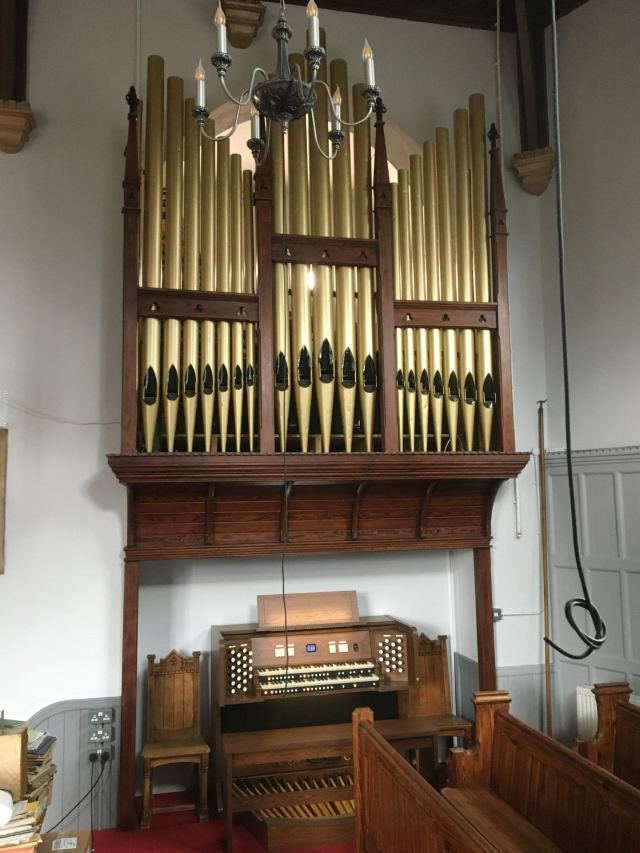
Meanwhile, at our installation in the newly built Baptist Church in Botley, Oxford, the speaker location and direction of sound is both to the side of and away from the organist. The sound from speakers on the back wall reflects off the ceiling and is projected forward; but the console is in line with the sound source so, again, a voicer does not gain an accurate experience of the instrument from the position of the player.
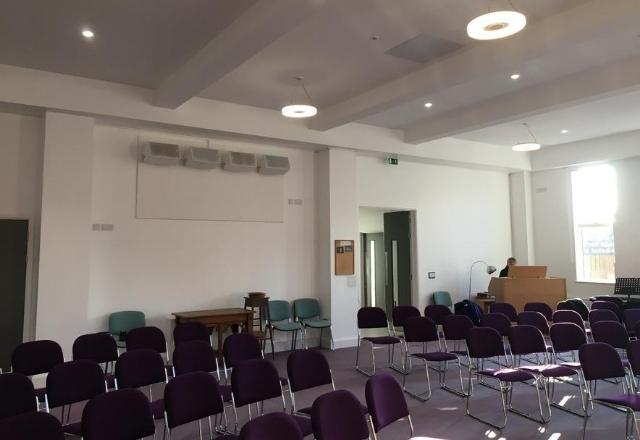
Once again, a remote voicing station set up at the front of the church enabled me to hear the effect both of individual stops and registration combinations across the whole sound range from the point of view of the congregation – not that of the organist.
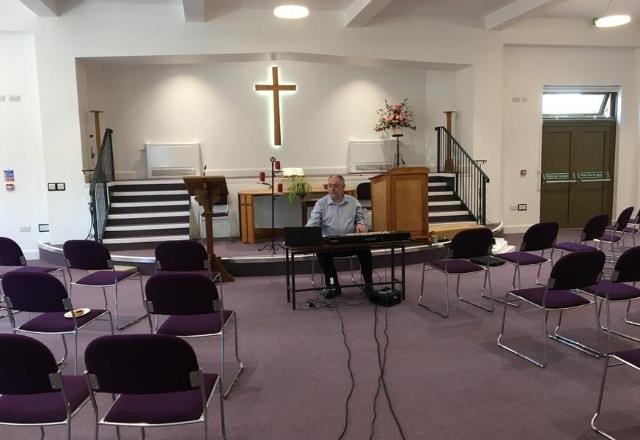
In conclusion, voicing remotely when required is not a question of being “clever” for the sake of it. But, as with all our applications of state-of the art digital technology, Viscount is using the best tools available to achieve the optimum musical result within our industry.
Just as traditional tools and skills are used by craftsmen within the pipe organ world.
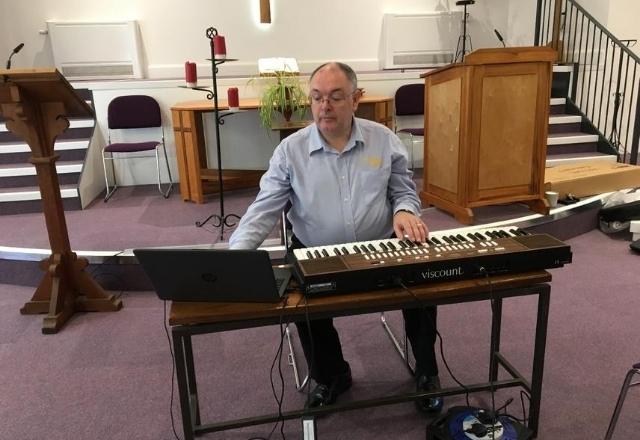
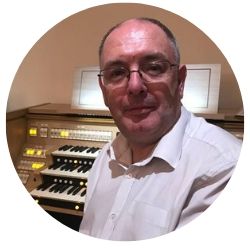
Richard is based part-time in our Bicester head office, also being a freelance organist in the Oxford area. He comes to Viscount with many years’ experience in the digital organ industry having worked previously for the Royal School of Church Music in its Addington days. Richard has been organist and choir director at St. Margaret’s Church, Oxford for the past fifteen years.
